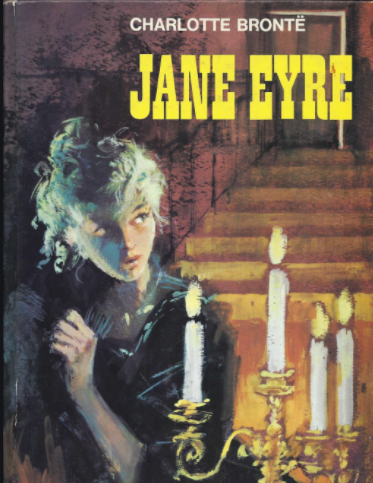Although it is “Pride and Prejudice” that is considered one of the most innovative works of the writers of that time, I feel confident saying that, in some ways, the message and the story that are told in the extraordinary work that is “Jane Eyre” by Charlotte Brontë are much more innovative or at least open-minded.
The novel tells the story of a young woman, Jane, who loses her parents at a young age, moving in the early years of her life in the house of her aunt with her and her cousins, spending a childhood and adolescence not too happy. Only a few years later she found herself working as the governess of little Adele, a pupil of Mr Rochester, the owner of the Thornfield Hall residence, where the girl arrives. The landlord can only care about Jane and slowly falls in love with her; the story seems destined for the most classic of endings, but precisely at the end of one of the last chapters something in particular causes the cards on the table to be completely overturned and that drops on the story a veil of mystery that actually, reading carefully, we can perceive even from the first pages of the novel.
The importance and beauty of this work in my opinion, lies in the figure and role that the woman occupies in it, that is, no longer that of submissive to the man, but of a strong woman with her own opinions, with her own strengths and weaknesses; with this novel Charlotte Brontë has managed to present us an extraordinary evolution of the woman, visible from the first pages, thanks to the many opinions that the character of Jane presents us.
A simple example we can find, it is in fact in one of the first chapters of the book, where the girl strongly supports all those women who do not have the opportunity to express themselves; and it is then that we are faced with this beautiful passage:
“Women, on the contrary, feel the same feelings as men; they need to exercise their faculties, to be able to test their abilities as their brothers; they suffer from too rigid restrictions, of an immobility too absolute exactly as men would suffer; it is a sign of a mentality restricted in their privileged companions to say that they should confine themselves to cooking and stocking, to playing the piano or to embroidering handbags. It is foolish to condemn or mock them if they try to do or learn more than the habit has decreed necessary for their sex”.
“Jane Eyre”, as we understand reading the work, takes place during the Victorian Age, period of English history under the reign of Queen Victoria.
The Victorian era was characterized by considerable moral rigour, particularly as regards the behaviour of women, considered unworthy to have the same rights as men. Although the character of Jane conforms to the standards of the time with regard to the way of dress, to pose or behave, it does so in a completely new way for those times. She uses, in fact, the Victorian ideals in her own favor rather than being subjected to them.
She presents herself as a woman who knows what she wants and how she wants it, but she is perfectly capable of rejecting any compromise that might affect her moral integrity.
Jane Eyre is proof that a woman of her time, and not only, has the ability and the possibility, if she wishes, to live without being subordinated to the wills and economic possibilities of her husband, even starting from unfavorable initial assumptions.
Valeria Del Sordo 4N
